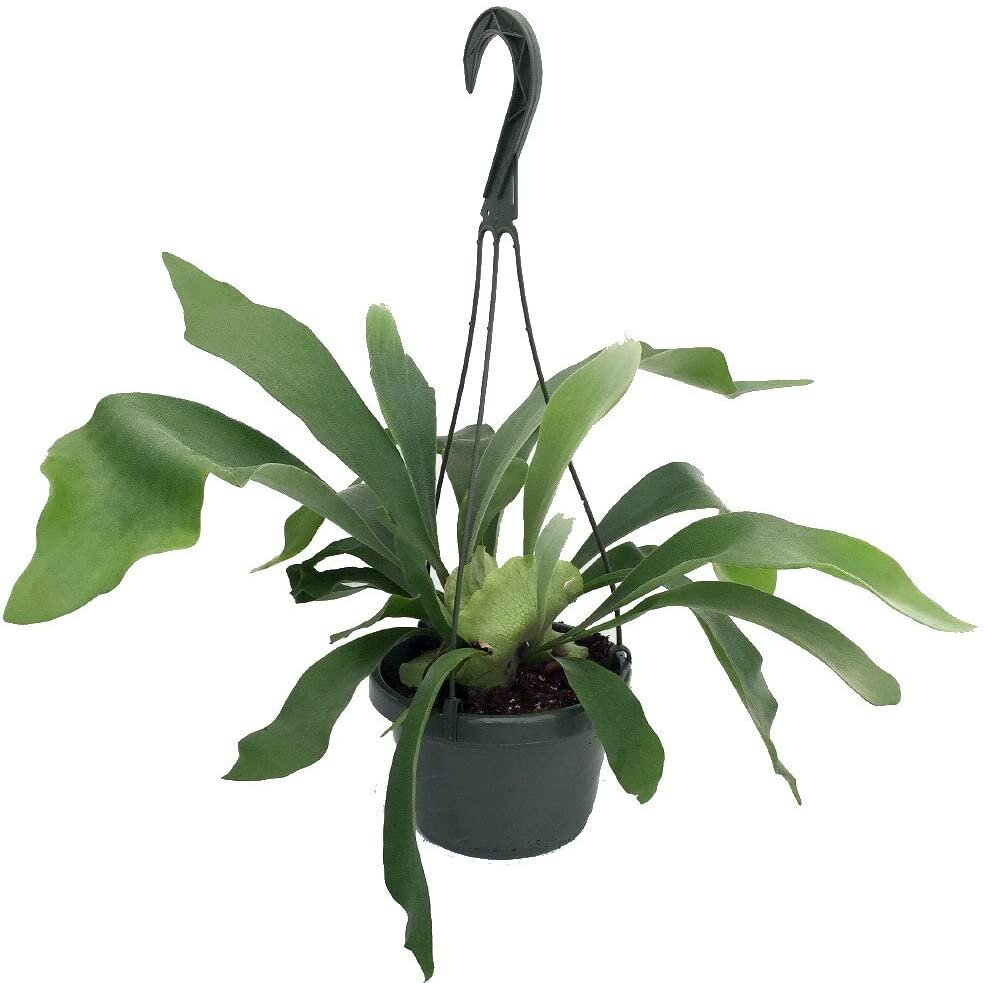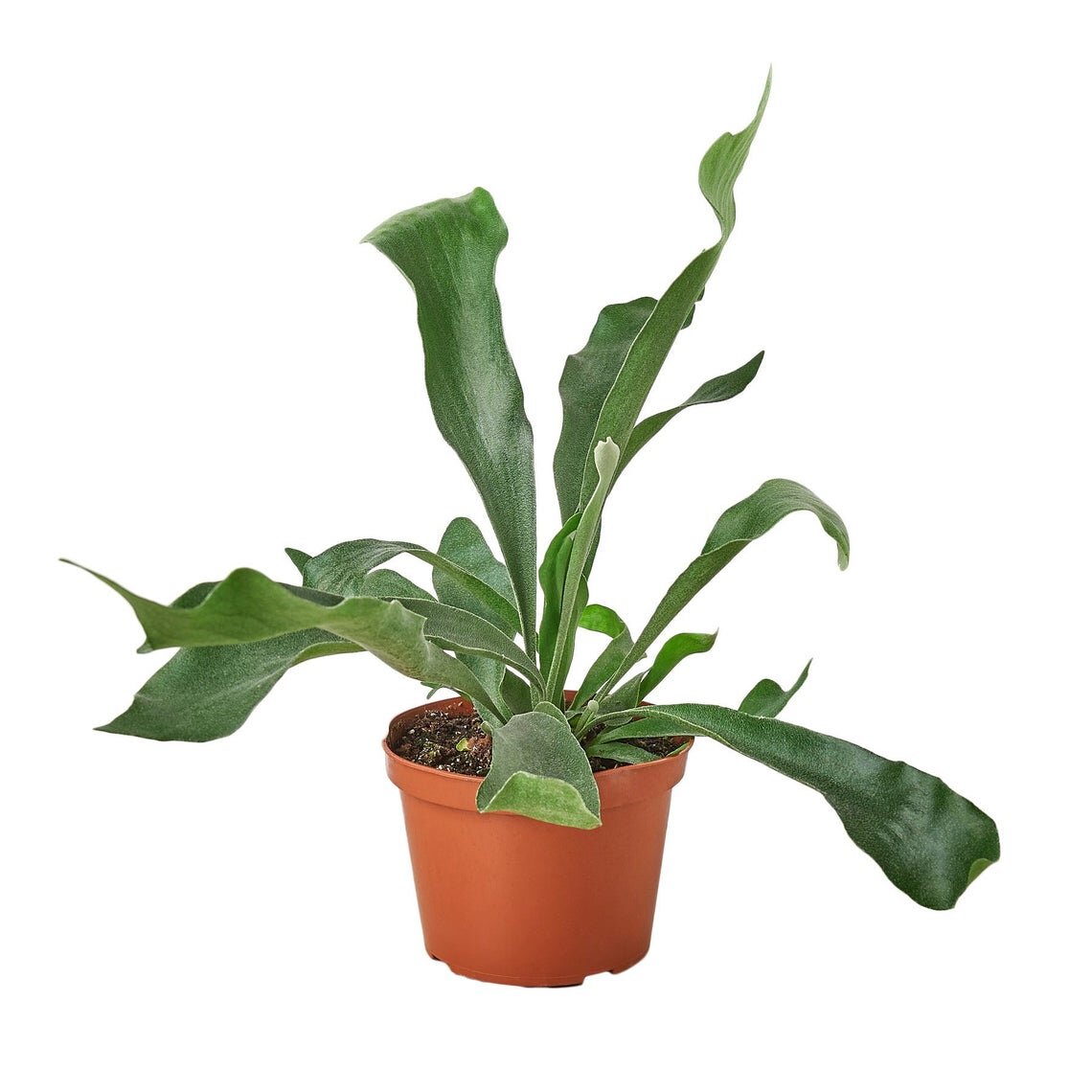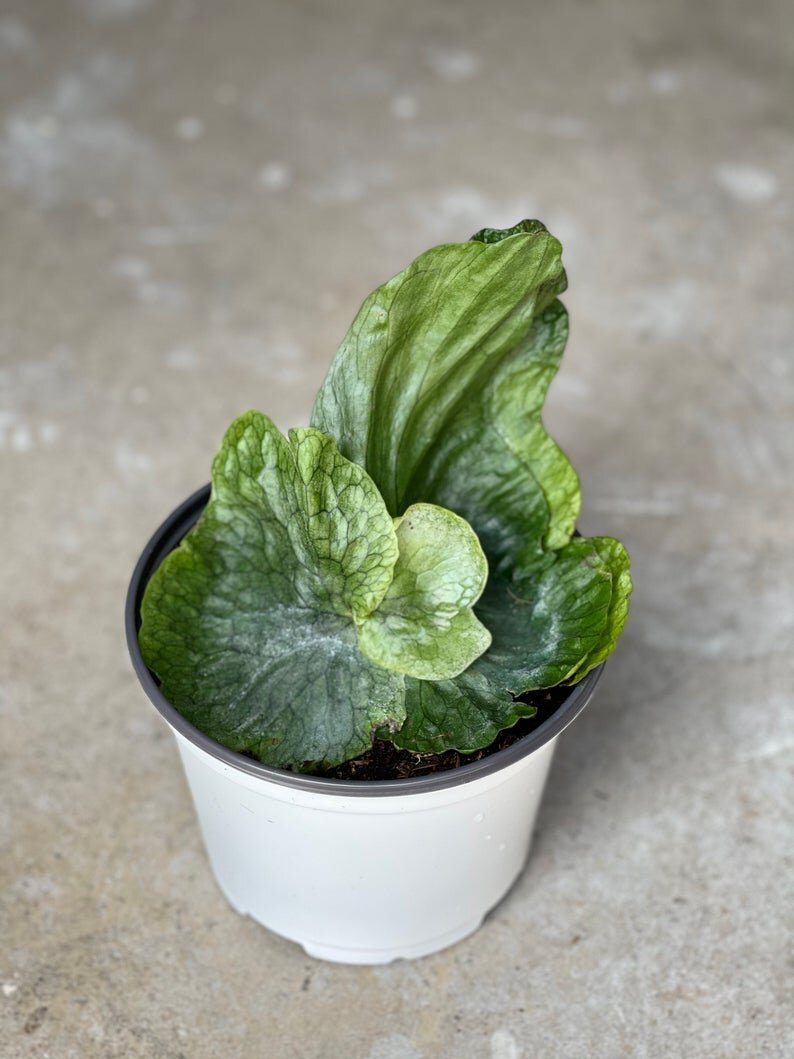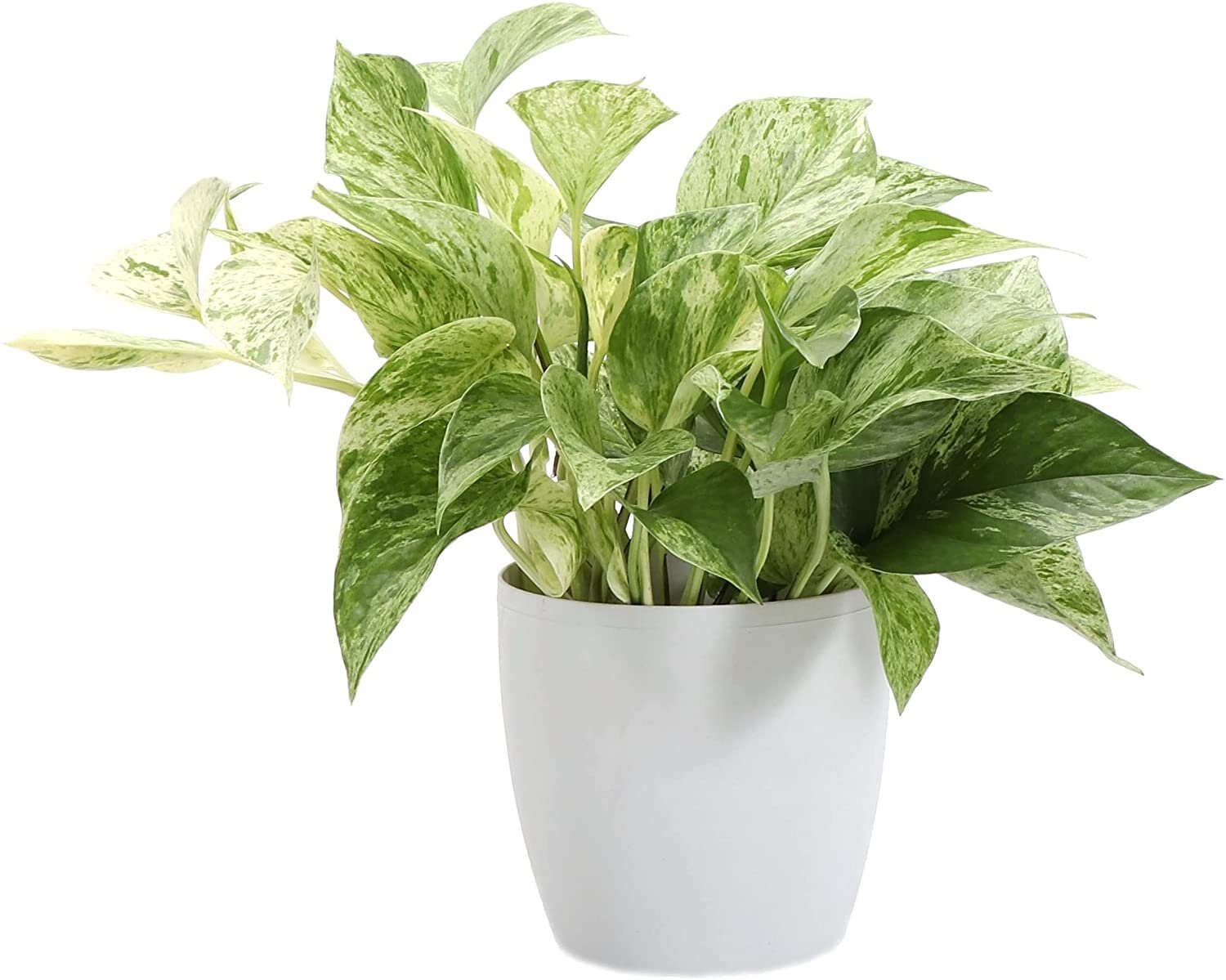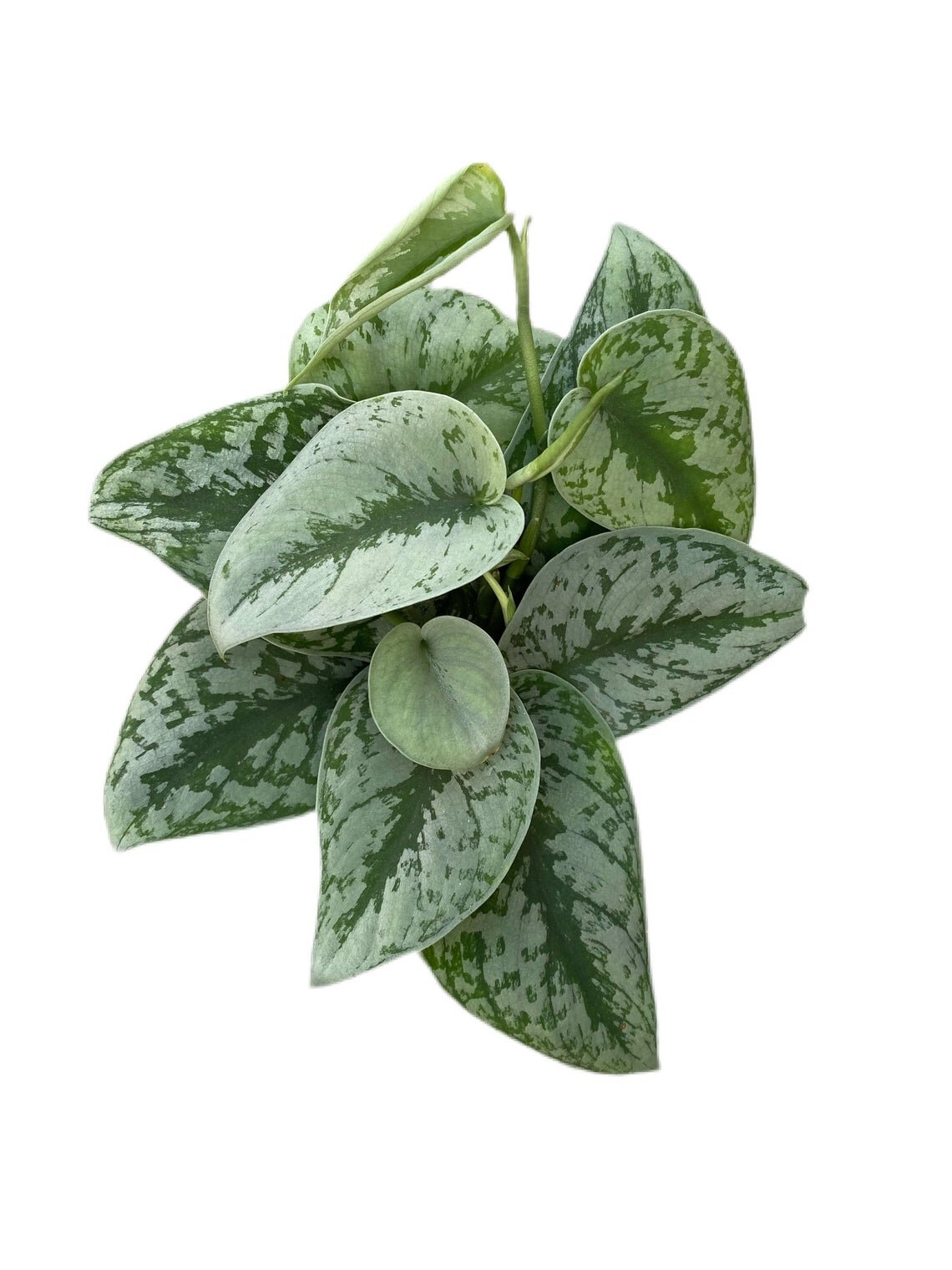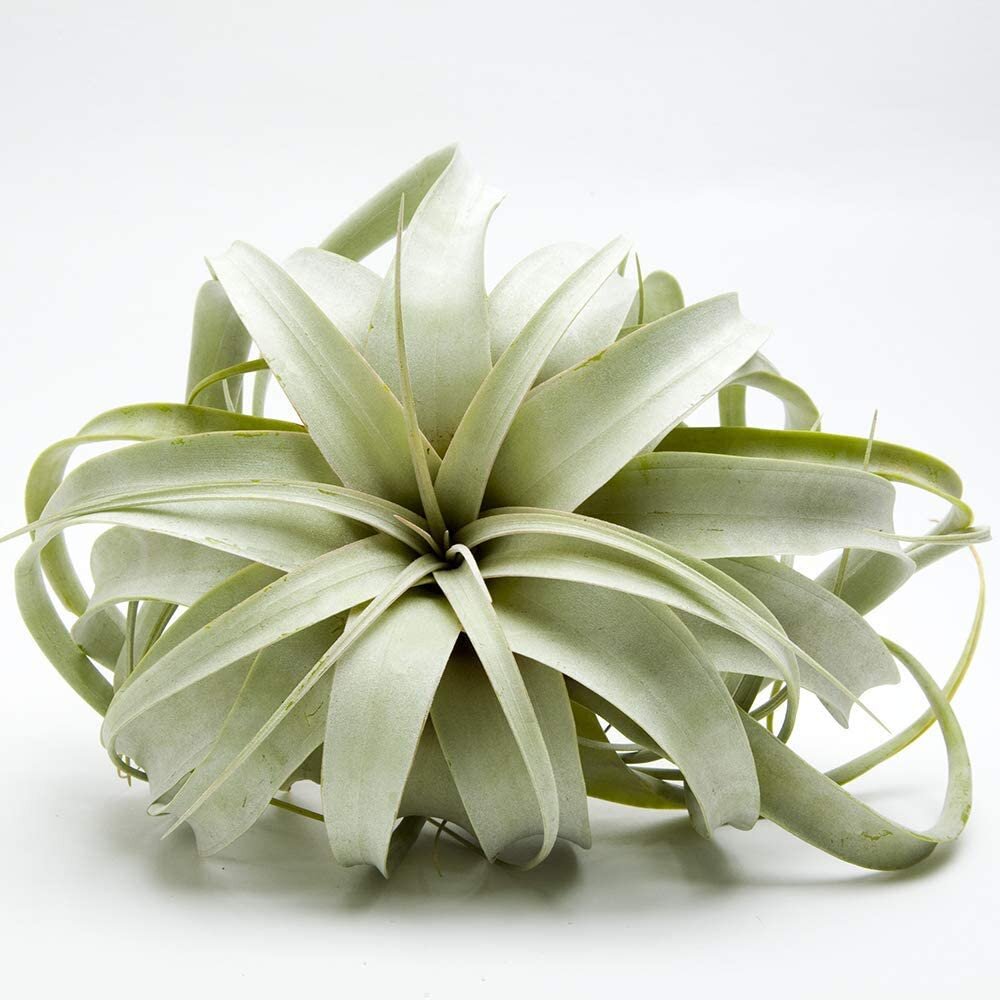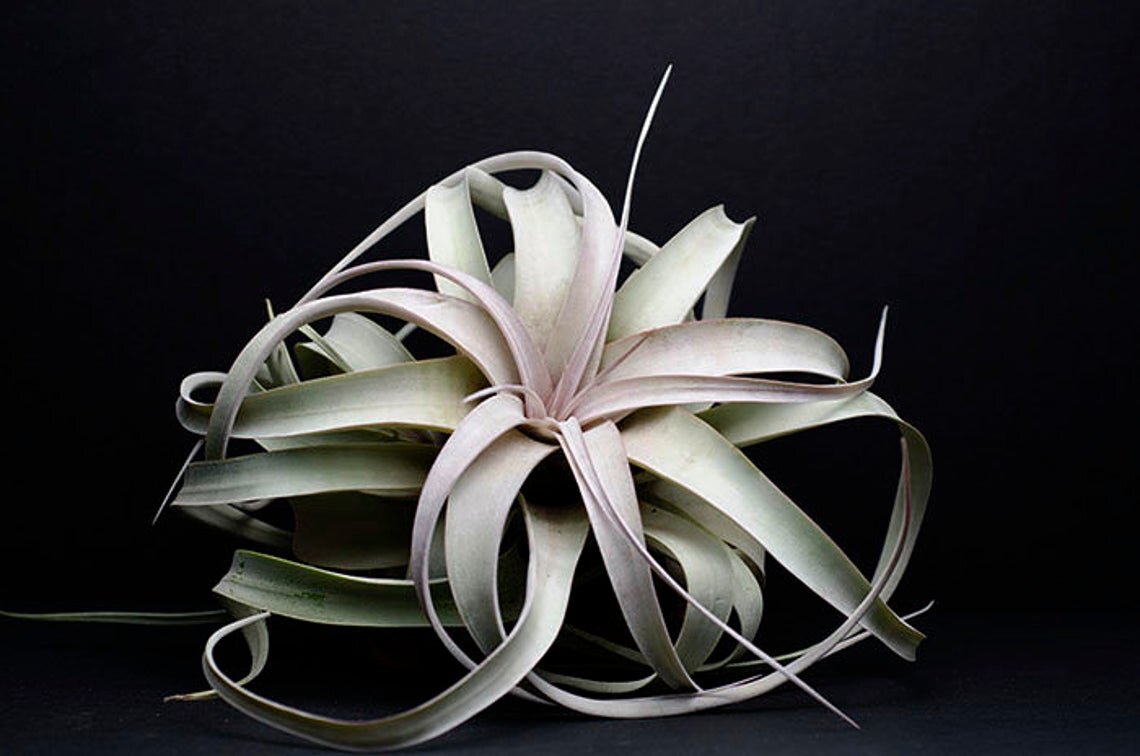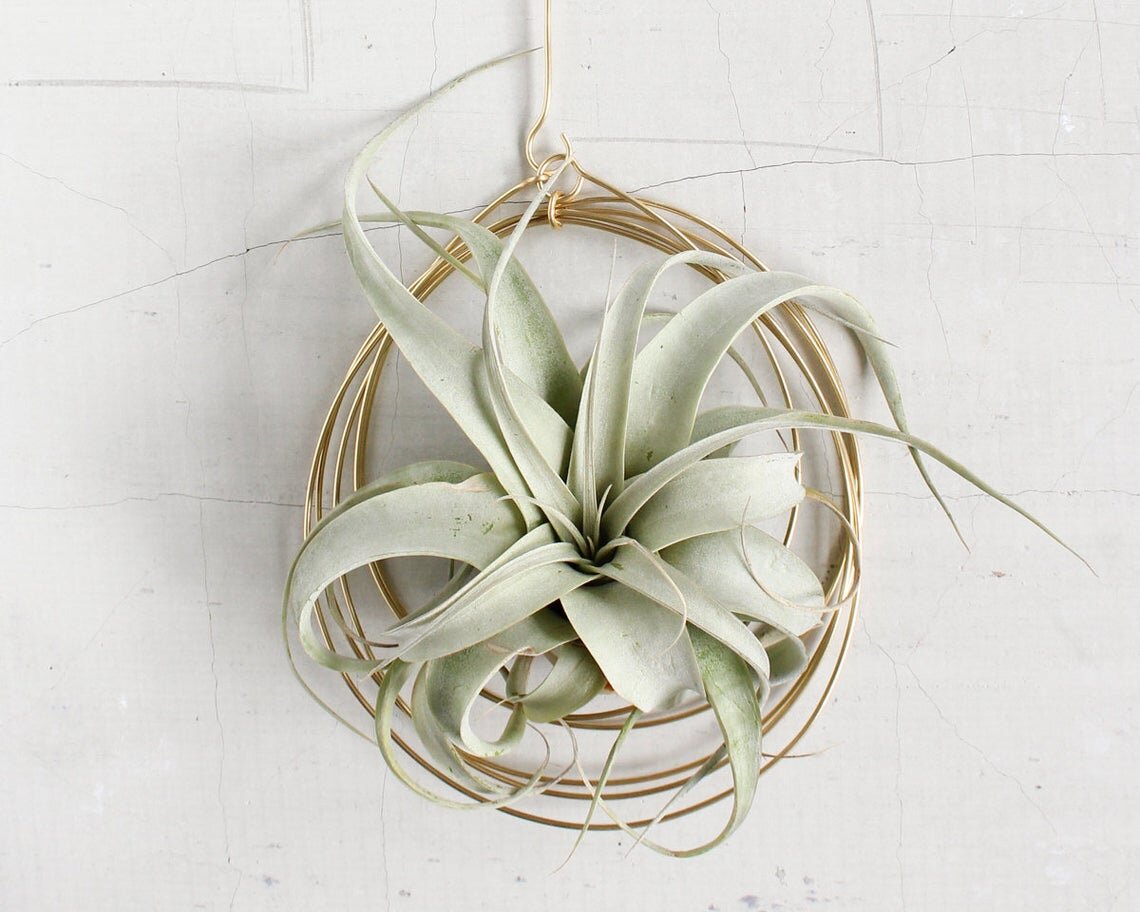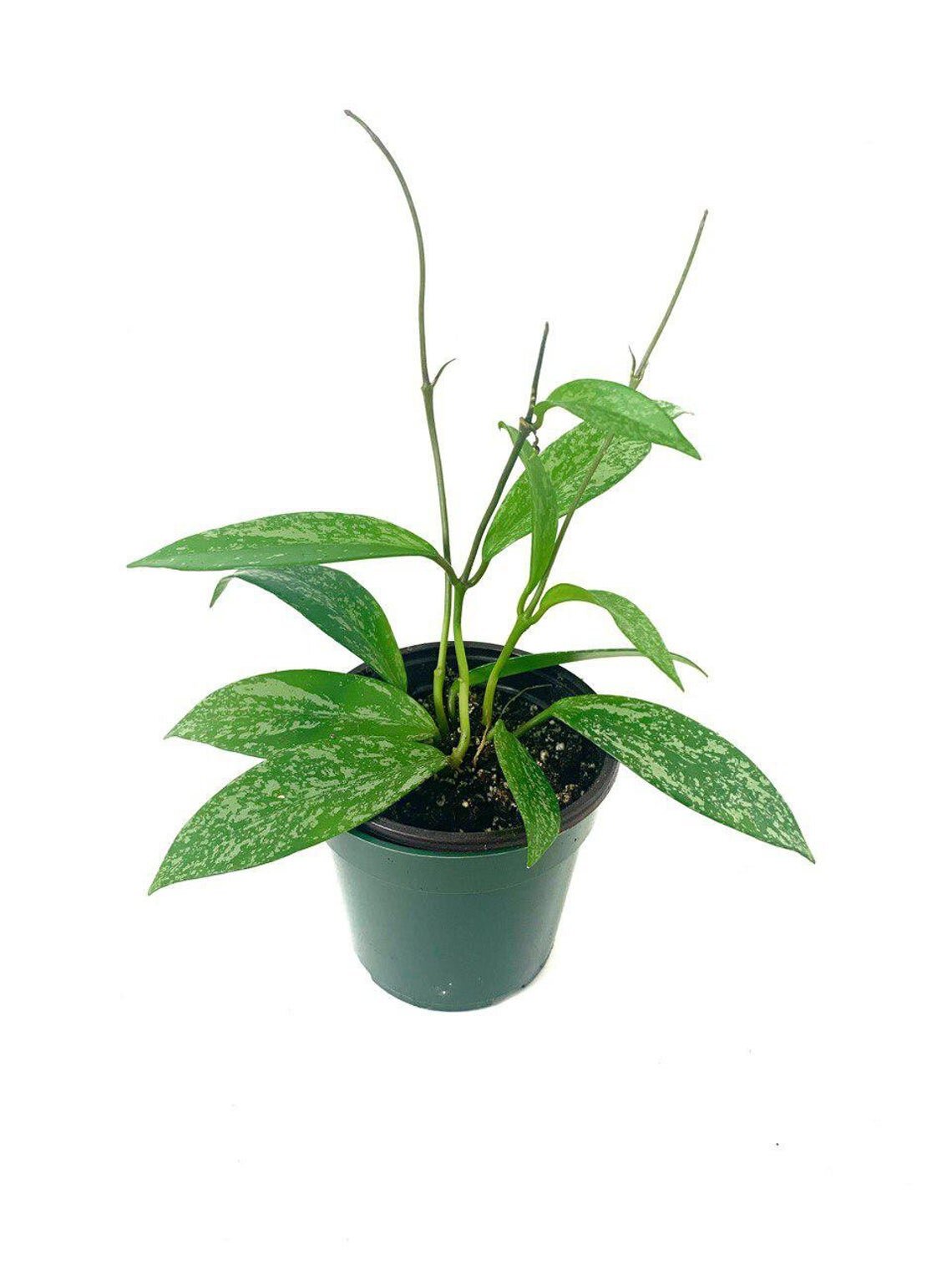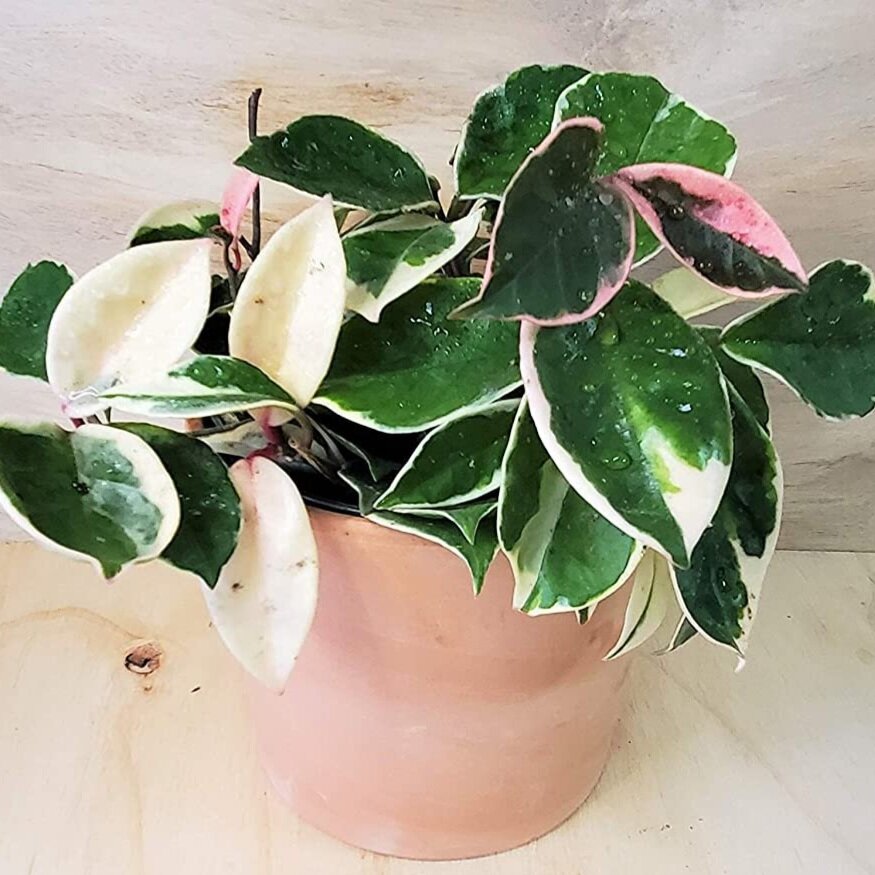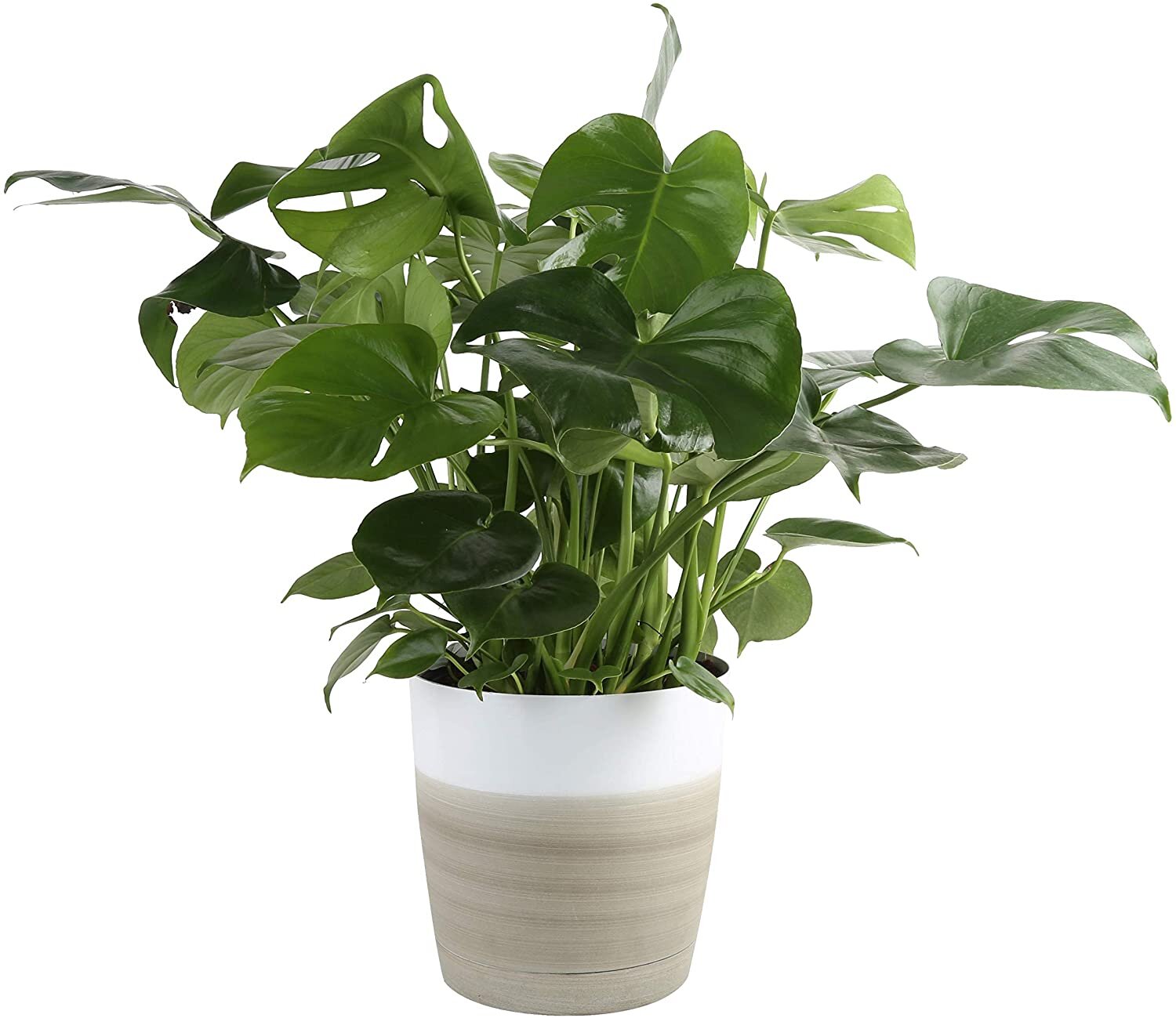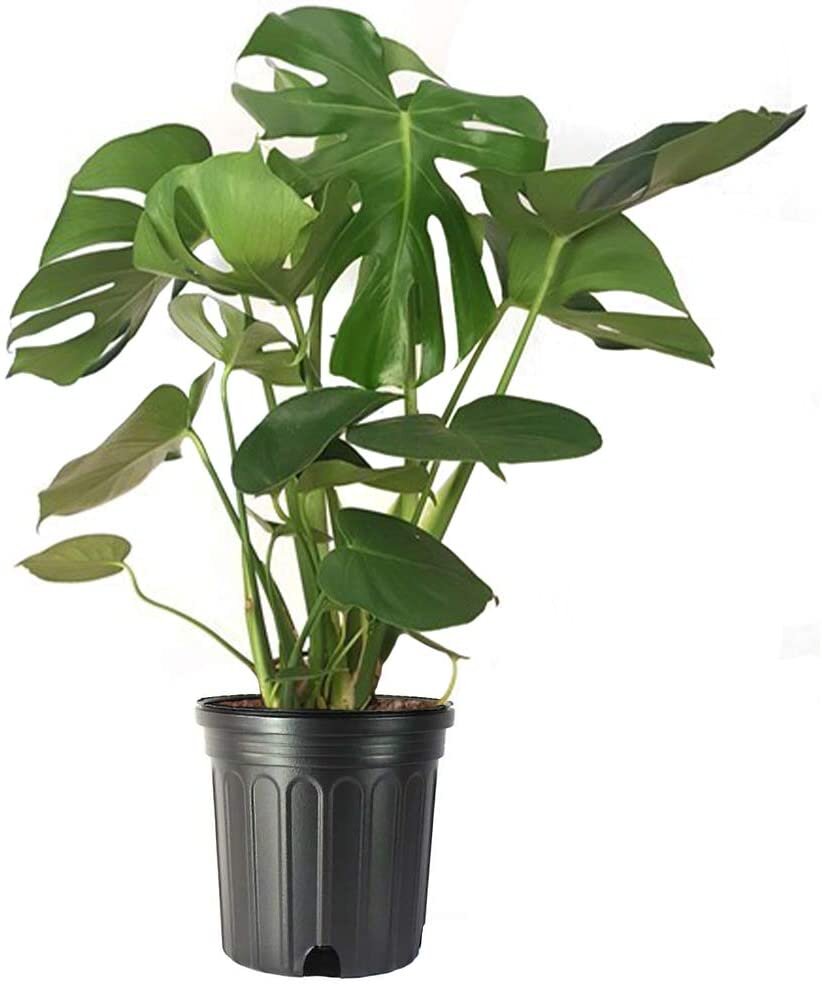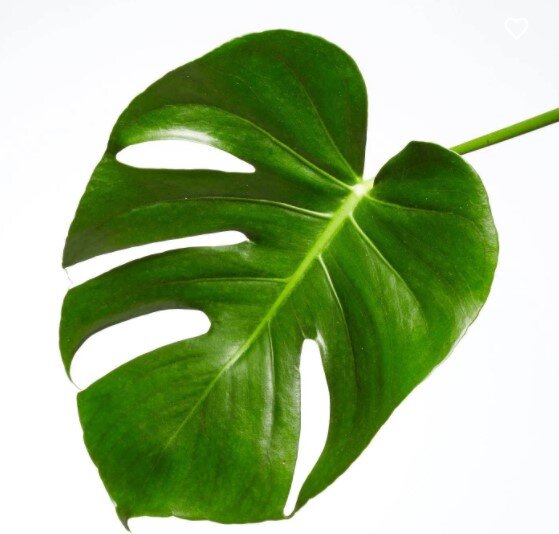5 Best Houseplants For Beginners
[This post contains affiliate links. Click here to read my full disclosure.]
What defines an easy houseplant?
There are lots of opinions on the best indoor plants for beginners and the green-thumb challenged, but even so, there are certain plants that repeatedly make the lists. What one person considers an easy-going plant will be influenced in part by our home-growing environments, but also on individual plant preferences.
I’m the first to admit I have my own set of plant preferences and prejudices, and while a couple of the contenders on this list are the usual suspects, a couple are more often overlooked but are every bit as easy in my opinion. Take a look and give them a try if they’re new to you, and if not, let me know what you think.
Without further ado and in no particular order:
Five Easiest Indoor Plants
Staghorn fern - Platycerium
Pothos - Epipremnum + Scindapsus
Tillandsia xerographica air plants
Hoyas - H. pubicalyx ‘Splash’ + carnosa ‘Tricolor’
Monstera deliciosa
[Want more design inspo and helpful plant tips? Let's hang out on Instagram!]
Staghorn ferns - Platycerium spp.
You may have shaken your head in surprise or dismay when you saw Staghorn ferns on my easiest houseplant list. Here’s the caveat though - what I really mean are staghorn ferns in a pot, not on a plaque.
I love seeing staghorn ferns mounted on a plaque - it mimics their natural environment as epiphytes, or plants that grow on another surface like a branch or rock rather than in soil. However, I don’t love watering them.
Gorgeous wall-mounted staghorn ferns by designer Daniel Nolan via Flora Grubb Gardens.
You have to water wall mounted staghorns more often since they dry out quickly, and watering them in general is a pain because I won’t put them back up on an interior wall without the backing being dry, for fear it’ll damage the wall in time. So they have to sit around on the counter until dry, getting in the way instead of looking beautiful on the wall.
However, a staghorn in a pot is a very happy plant indeed. Just put them in a well draining soil and don’t water too often.
I water my staghorns when I remember, which isn’t often, and the soil is usually pretty darn dry. Again, they’re epiphytes, so they don’t need (or want) a lot of water. In other words, your staghorn fern will forgive you for being forgetful/neglectful. In fact, they’re probably happier for it.
Here’s another important observation - they seem very unfussy about water quality. Many plants will show tip burn or some other salt intolerance from tap water (hello Spathiphyllums). Staghorn foliage stays looking mostly gorgeous and green. Well except for the shield fronds which are supposed to turn brown; the “antler” shaped leaves stay mostly nice and green though.
Staghorns do great in medium light, and will tolerate fairly low light as well. Again, this is because they are epiphytes, which grow in the shaded understory since they grow on tree trunks and branches.
So let’s meet Exhibit A - Staghorn Leghorn, aka Platycerium bifurcatum purchased about one and a half years ago from Trader Joes. This staghorn has exploded in the relatively short time I’ve had him. I repotted him soon after he came home, and he immediately got busy filling out his pot.
My Platycerium bifurcatum I named Staghorn Leghorn after the Looney Tunes rooster. Staghorns are vigorous growers and this one is no exception. Photo | Greenhouse Studio
I’ve had other Platycerium bifurcatums over the years, and they’ve been equally unfussy and fast growing. I have one that’s 20 years old, (a bit older than my twins!) but has suffered much abuse from being left out in frosty temperatures over many winters, so I’m trying to rehab him.
A year ago, I added a Giant Staghorn to my collection, Platycerium superbum, that I bought on Etsy. I’ve kept it in it’s tiny 4” nursery container which I slipped into a decorative pot, but it’s dying for me to let it spread out, producing a big shield frond that covers the entire top of the pot.
Similarly to it’s cousin, P. bifurcatum, I’ve let this baby staghorn go dry for long spells many times, and it just doesn’t complain. However, I want it to grow huge and live up to it’s name, Giant Staghorn, so I need to give it room to roam by repotting it.
I added a Platycerium superbum, or Giant Staghorn to my collection. I’ve kept it in it’s tiny 4” nursery container which I slipped into a decorative pot, but it still produced a large shield frond that covers the top of the pot. Photo | Greenhouse Studio
Easy indoor plant - Staghorn fern, Platycerium in a pot
Vigorous grower that thrives on neglect
For easiest growing, plant it in a pot!
Doesn’t need much water
Tolerates lower light levels
Isn’t fussy about water quality (fertile fronds stay green and unblemished in my experience)
[Related post: How To Choose The Right Pot For Your Plant - Why pot shape & size matters. A lot.]
[Related post: How To Waterproof Your Plant Pots - 5 Minute DIY]
SHOP THE POST
Pothos - Epipremnum + Scindapsus
Pothos are no strangers to “top easiest houseplants for beginners” lists. And with good reason. They are reliably tolerant of a number of conditions - overwatering, underwatering, low light etc. You name it, and pothos will probably put up with it. (Although it doesn’t tolerate much direct sunlight.)
These unfussy plants are very forgiving of our sometimes fumbling human attempts at cultivating them. They are an ideal plant for beginner plant-parents.
They come in a few different varieties. Golden Pothos (Epipremnum aureum) is perhaps the most common. I’m partial to the “satin” or “silver” types in the genus Scindapsus.
My Scindapsus pictus ‘Exotica’ pothos. Pothos are one of the best indoor plants for beginners and this one seems to always be unfurling a new leaf.
Fun Fact - Pothos have juvenile foliage and mature foliage. The juvenile foliage is the typical heart-shaped leaves we see on most pothos houseplants. In the wild and greenhouse situations, they will grow large, split leaves and can flower.
Pro Tip - If you want to “super-charge” your pothos, then give it a trellis or a moss pole to attach to. Many vining plants will grow much fuller with larger sized foliage if given a support trellis.
[Check out this post on why climber plants grow bigger with a support plus how to make your own free DIY indoor plant trellis.]
SHOP THE POST
Easy indoor plant - Pothos (Epipremnum + Scindapsus)
Tolerant of a number of environmental conditions.
Filtered light is best, doesn’t like direct sun.
Appreciates a well draining soil and let the surface dry out in between watering, but pothos are so tolerant, many enjoy growing them just in a glass of water! (Change the water weekly to maintain oxygen levels.)
Tillandsia xerographica air plants
Next up are air plants, but not just any old air plant, specifically Tillandsia xerographica. T. xerographica is adapted to dry, scrub-like conditions in Southern Mexico, Guatemala, and El Salvador. Their thick, silvery gray-green foliage makes them well able to tolerate dry conditions.
Tillandsia xerographica air plants are fascinating epiphytes and easy to grow. Since they don’t need any soil or mount, they’re really fun to style with your décor! Photo | Greenhouse Studio
I love my xerographicas. These slow-growing air plants provide an interesting gray-green element to any décor.
Like staghorn ferns, xerographicas are also epiphytes. So again, they don’t need or want a lot of water. Plus, they don’t even need to be mounted on a plaque or potted in soil. I don’t know about you, but in my book, any plant that doesn’t even need soil has an automatic in for the “top easiest houseplants” contest!
A Tillandsia xerographica air plant I keep on a living room side table. Image | TDW Media
A word of caution though - because they just kind of sit there never complaining for the longest time, it’s also easy to ignore them. If you don’t water them, then over time, they will slowly start to decline.
Keep an eye out for shriveled or even brownish leaf-margins, and rinse them in the sink quick if that happens. Don’t soak them though - they can develop rot at their base. Always shake them upside down too for the same reason - to get all of the water out of the base.
Tillandsia prefer bright, filtered light, so placing them near a sunny window works.
[Check out the complete guide to Tillandsia air plant care and how to display them.]
Easy indoor plant - Tillandsia xerographica air plants
Drought tolerant - doesn’t need/want much water
Doesn’t need soil, pot, or mounting - you can display it anywhere with sufficient light - easy-peasy!
Bright, filtered light is best
Spray with water, turn upside down and shake so water doesn’t collect in the base. Don’t soak.
SHOP THE POST
Hoyas - H. pubicalyx ‘Splash’ + H. carnosa ‘Tricolor’ types
Hoyas are rewarding plants for beginner plantophiles. They have beautiful semi-succulent foliage in an impressive range of forms. Their tendrils are usually downward hanging but a few have twining vine habits. They are also reliable bloomers once mature with inflorescences that look and smell amazing.
Hoya inflorescence - the cluster of flowers really do have a wax-like appearance giving hoya the common name “wax flower”.
Hoya pubicalyx ‘Splash’ is a vigorous, twining-vine grower with a silvery “splash” variegation on the leaves.
I got my ‘Splash’ 15 months ago. It’s tendrils immediately reached out and started “grabbing on” to whatever was next to it. I quickly realized it would need a trellis and so it was the inspiration for my DIY Trellis post.
I don’t feel like it’s ever really had a dormant period in the time I’ve had it - this hoya just keeps growing!
My Hoya pubicalyx ‘Splash’ when it first came home from the nursery. Note the silvery speckled leaf variegation earning this variety the name ‘Splash’. Photo | Greenhouse Studio
Honestly, I don’t water it much because the leaves cover so much of the soil that it’s hard to aim and water usually runs off the leaves onto my furniture. This means I need to put it in the sink and then dry the pot, and so I usually delay watering until I feel quite guilty.
My point in telling you this is that it doesn’t need a lot of water, so if you forget, it will be ok (within reason)!
One thing ‘Splash’ doesn’t like though (which I found out the hard way) is too much direct sun. I burned several leaves on it by keeping it near a south-facing window during fall/winter when the sun comes in at a lower, more direct angle.
Hoya pubicalyx ‘Splash’ has beautiful deep red inflorescences.
Hoya pubicalyx ‘Splash’ is a vigorous grower with a vining habit and benefits from having a trellis. Photo | Greenhouse Studio
Hoya carnosa ‘Tricolor’ or ‘Krimson Queen’ is another easy beginner plant. First, ‘Tricolor,’ ‘Krimson Queen,’ or ‘Krimson Princess’ all are very similar varieties. They all have some form of green, white, and pink variegated coloring on their semi-succulent leaves.
Unlike Splash’ though, these ‘Tricolor’ types are true hanging plants - they don’t need a support.
‘Tricolor,’ ‘Krimson Queen,’ and ‘Krimson Princess’ all have beautiful pink star-shaped flowers with an unusual scent that reminds me of mint-chocolate - you won’t be disappointed!
My Hoya carnosa ‘Tricolor’ purchased on Etsy a few months ago. The leaves are variegated including some pink which you can only see on the stems so far on this one. Photo | Greenhouse Studio
Growth Rates - While both ‘Splash’ and the ‘Tricolor’ types are all easy to grow, a key difference is their growth rates. Hoya pubicalyx ‘Splash’ and other hoyas that fall into the “flat, green-leaved” varieties grow at about twice the rate of the variegated and crinkle-leafed types (including the ‘Tricolor‘ types and Hindu Rope,’ another popular hoya with very crinkly leaves).
Pot Size - Many say hoyas in general like to be underpotted, so you don’t need to worry about immediately giving them a larger home. In fact, some say they don’t start blooming until they’ve grown to the point of being underpotted, but I suspect that has more to do with general plant maturity.
Fun Fact - Hoya inflorescences develop from the ends of short spur along the vines. They rebloom from the same spurs, and the spurs increase in length slowly with each bloom cycle, so never cut off the spur!
Hoyas rebloom from the same spurs, and the spurs increase in length slowly with each bloom cycle, so never cut off the flower spur! Image | Lynn Greyling from Pixabay
Easy indoor plant summary - Hoyas
Semi-succulent leaves means they don’t need a lot of water
Often prefer to be “pot-bound” so they don’t need a large pot or frequent repotting
Easy to bloom and smell fantastic! They flower from the same spur, so don’t cut it off when it’s done.
SHOP THE POST
Monstera deliciosa, Swiss Cheese Plant
Monsteras deliciosa is the final plant to make my easiest plant list. They’re un-fussy plants that will tolerate a range of growing conditions.
Monstera foliage: People love to grow Monstera for their beautiful and unusual “split-leaf” foliage that develops on the mature leaves. Monsteras have juvenile and mature foliage types. The juvenile leaves are small, heart-shaped, and have solid margins. The mature foliage develops what’s called “fenestration” which is the term for those fascinating holes you see in the leaves as well as splits in the leaf margins.
It’s believed Monstera evolved with fenestration for a couple reasons:
To allow more light and water to get through the uppermost leaves to lower leaves and the rest of the plant
To help protect the leaves from being torn by strong winds
Monsteras prefer filtered light and well draining soil. They have similar needs to pothos, and they’re actually related to each other, (both in the aroid family) so they are also very adaptable and easy. Make sure you give them enough room, because they can become quite large in time.
One thing they don’t like, which I’ve learned the hard way, is strong sun. I left my monstera by the window and it was hit with too much direct winter sun. Look below for the result - yellowish leaves instead of the nice dark green leaves they’re supposed to have.
Juvenile Monstera leaves are small, heart-shaped, and have solid margins. The mature foliage of Monstera deliciosa develops “fenestration” which are the holes you see in the leaves. The yellow color of this Monstera is from too much direct sun. They prefer filtered, indirect light.
Climber support: Monsteras also are climbers like pothos. Unlike pothos, Monsteras also produce long, tentacle-like aerial roots as they grow upward which they use to attach to adjacent branches and tree trunks.
This means they’ll appreciate a trellis or moss pole and will reward you with fuller foliage. I bought this moss pole from Etsy for my monstera and I’ll be re-potting it into a larger container with the pole soon.
So Monsters are easy plants - they can tolerate lower light levels, they like well draining, moist soil, and they like to climb. They’re a great beginner plant to bring home and enjoy!
A healthy Monstera can eventually take up a lot of room! Photo | Avonne Stalling via Pexels
Easy indoor plant summary - Monstera deliciosa
Tolerant of a number of environmental conditions.
Filtered light is best, doesn’t like direct sun.
Appreciates a well draining soil and let the surface dry out in between watering
SHOP THE POST
[Related post: Monstera deliciosa Care Guide + Design Tips]
Watch all my easiest houseplants in action below!
So that’s a wrap for my top easiest indoor plant list. Everyone has their own ideas of which plants are easy or not so easy though, and I’d love to hear which YOU think are the easiest houseplants - leave a comment below and share your thoughts!
[Want more design inspo and helpful plant tips? Let's hang out on Instagram!]
Other posts you’ll love:
Bringing The Outside In [Natural Interior Décor & Styling Tips]
How To Care For Air Plants (Light, Watering, Fertilizing & Displaying)
How To Repot A Fiddle Leaf Fig (Planter Size, Soil, Drainage, & Fertilizing)
How to choose the right pot for your plant [Why pot shape & size matters. A lot.]
How To Waterproof Your Plant Pots [5 Minute DIY]
Enjoy the post? Pin it for later!





